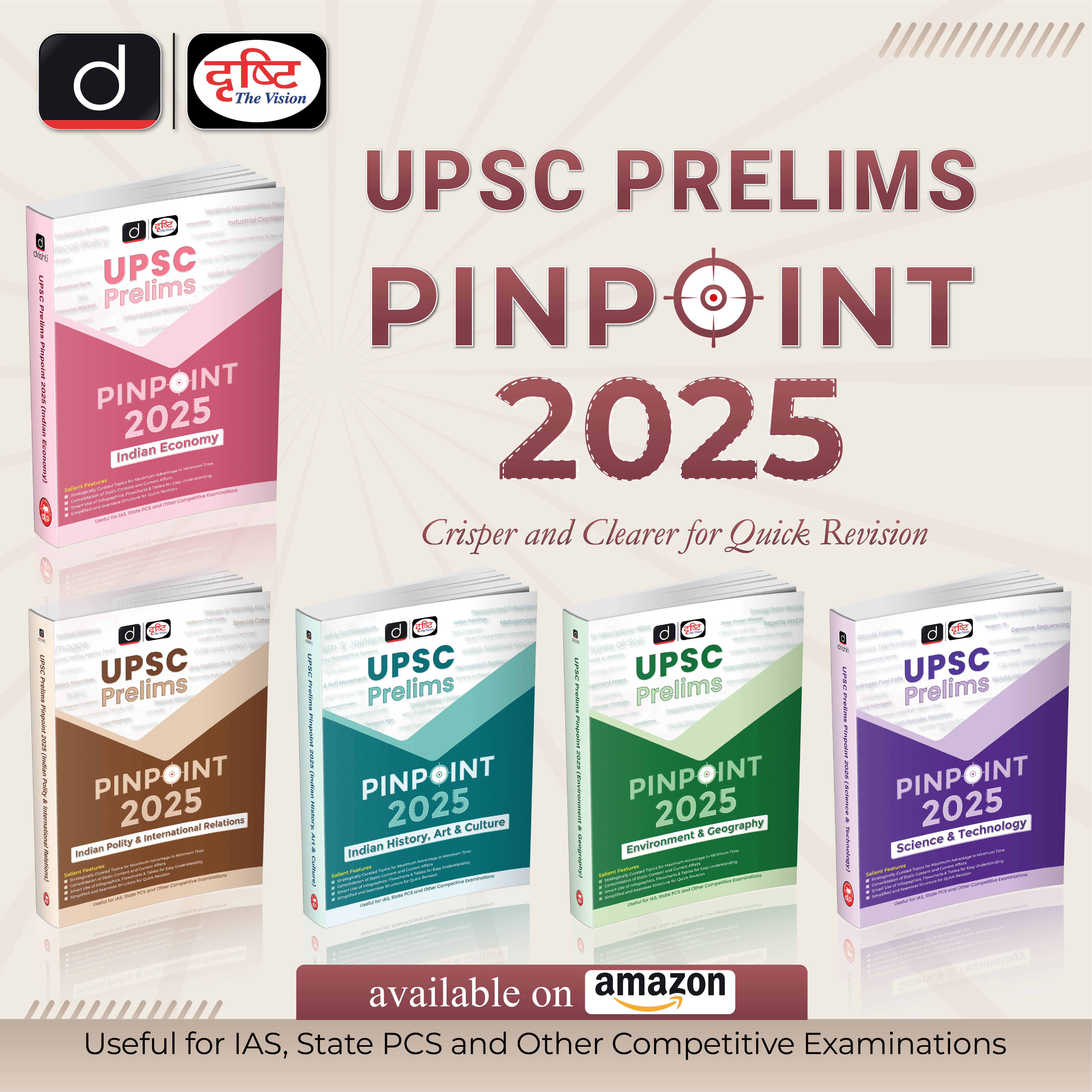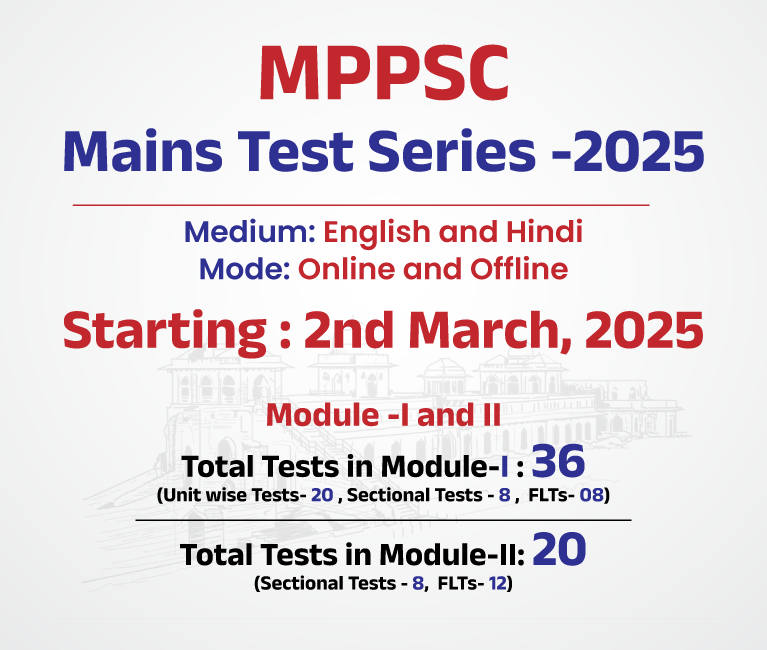Jammu & Kashmir Switch to Hindi
Centre Emergency Evacuation Measures for Pahalgam Tourists
Why in News?
After the Pahalgam terror attack, the Union Civil Aviation Minister began monitoring the situation to ensure quick help for affected tourists. Four special flights have been arranged from Srinagar, with more on standby for evacuations.
Key Points
- Urgent Meeting with Airlines:
- The Union Minister held an emergency meeting with all airline operators.
- He firmly directed airlines to avoid surge pricing and maintain standard fares, ensuring passengers are not burdened during the crisis.
- He also directed all airlines to ensure dignified and timely transportation of deceased victims to their home states.
- IndiGo Offers Relief Measures:
- IndiGo announced waivers on rescheduling and cancellation fees for bookings made on or before 22 April, valid until 30 April.
- The airline also introduced two special flights to support evacuation and travel needs.
Terrorism
- It is the deliberate and unlawful use of violence and intimidation, especially against civilians, to instill fear and achieve political, religious, or ideological goals.
- It seeks to influence governments or societies by creating a climate of fear, disruption, and uncertainty.
- India maintains a strong stance against terrorism with a "zero tolerance" policy.
- However, there are no universally accepted definitions of terrorism, making it difficult to classify specific activities as terrorist acts.
- This ambiguity gives terrorists an advantage and enables some countries to remain silent and veto actions in global institutions.










%20MPPCS%202025%20Desktop%20E.jpg)
%20MPPCS%202025%20Mobile%20E%20(1).jpg)










.png)
.png)











 PCS Parikshan
PCS Parikshan

